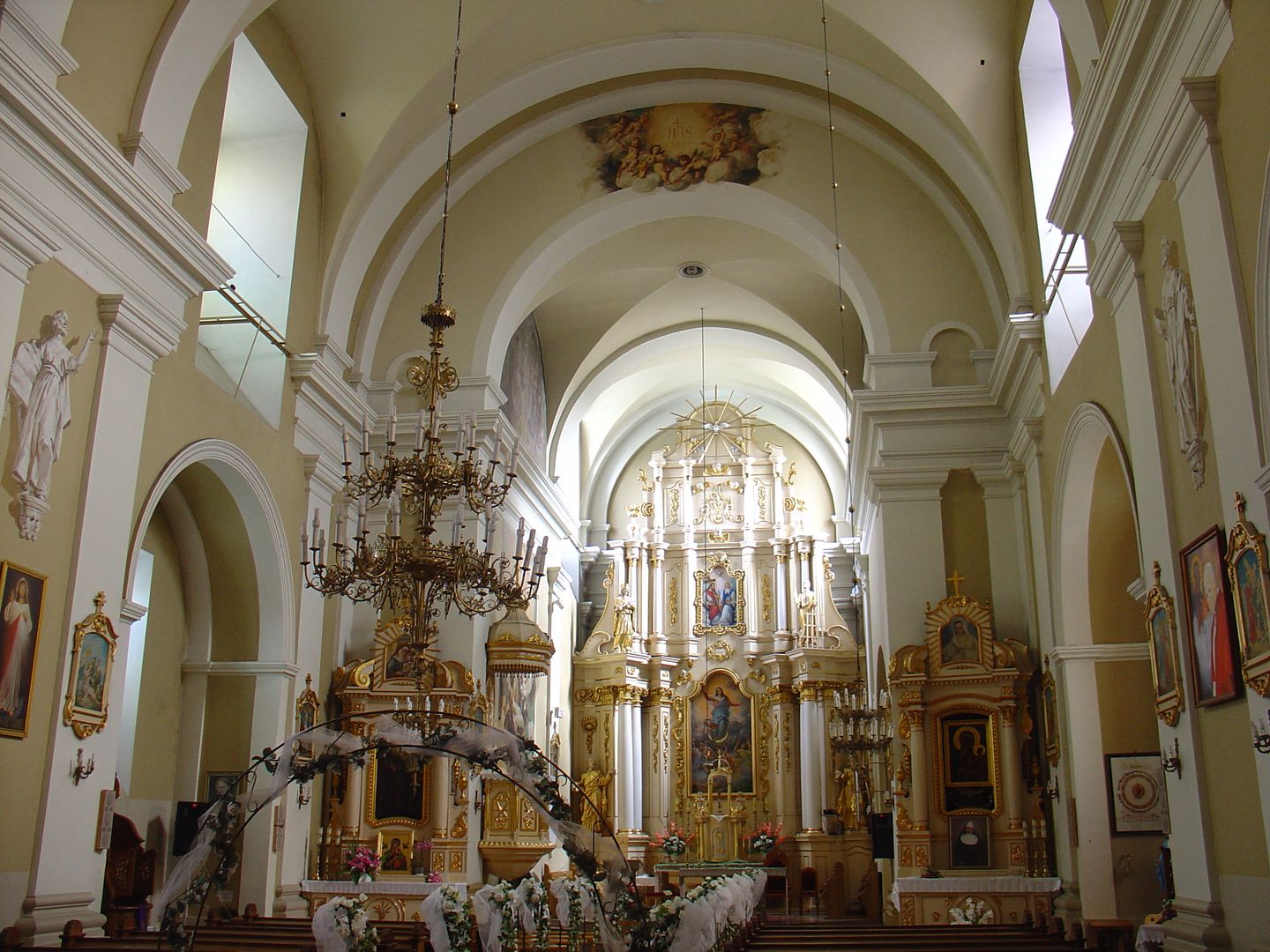Church of the Assumption of the Blessed Virgin Mary in Biłgoraj
6.54

Overview
The Church of the Most Holy Trinity and the Assumption of the Blessed Virgin Mary in Biłgoraj is a Roman Catholic temple in the late Baroque style, constituting an architectural monument. Located in the central part of the city, it is surrounded by a former cemetery, and in its vicinity there are church-related buildings, including a parish house and a convent of the Seraphic Sisters. The church is not only a place of worship but also an important cultural point for the local community, serving as the parish church of the deanery. The surrounding wall features historic statues, including one from 1699.
The architecture of the temple, built of brick covered with plaster, presents a Latin cross layout. The interior of the church is single-naved, with two bell towers on the facade. The furnishings, mainly late Baroque, include renovated altars and relics of saints. The history of the church dates back to the 16th century when the site was initially occupied by a Calvinist church, and later a Catholic church was established. The first wooden temple was erected around 1700, and the current brick church began construction in 1732, completed in 1755. In the 19th century, numerous modernizations took place, and the tragic events of World War II led to the burning of the church in 1939. After the war, reconstruction was carried out, introducing many elements reminiscent of the earlier decor, including a new organ and altar. Contemporary renovations included comprehensive conservation of both the interior and the facade of the building, highlighting its importance to the local community. The church remains a significant cultural and religious symbol of Biłgoraj, with a rich history and architecture that attracts both the faithful and tourists.
Location
2025 Wizytor | All Rights Reserved